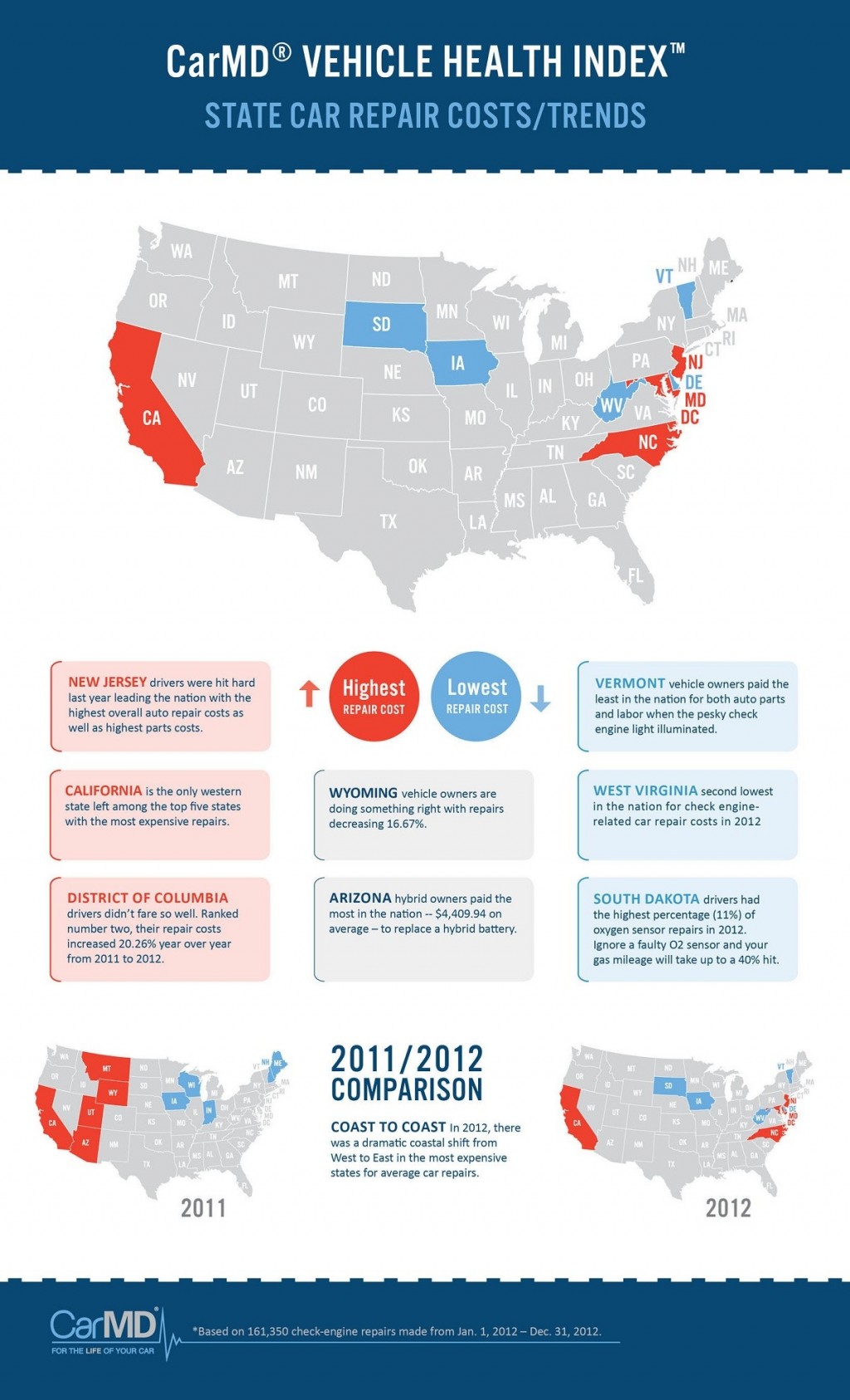Interpreting Your Automobile'S Alert Lighting: Their Real Implications
Interpreting Your Automobile'S Alert Lighting: Their Real Implications
Blog Article
Developed By-Sykes Stark
When you lag the wheel, those radiant caution lights on your dashboard can be a bit complicated. Do you understand what they're attempting to inform you regarding your auto's health and wellness? Recognizing the value of these lights is essential for your safety and security and the durability of your automobile. So, the following time among those lights turns up, wouldn't you intend to decipher its message precisely and take the required actions to address it?
Common Caution Lights and Interpretations
Recognize typical caution lights in your automobile and comprehend their definitions to ensure risk-free driving.
One of the most typical warning lights include the check engine light, which indicates issues with the engine or emissions system. If this light comes on, it's crucial to have your vehicle inspected quickly.
https://www.wsiltv.com/news/local-auto-repair-shop-celebrates-christmas-early/article_0dbb71b0-fb9e-11ec-829d-6bb9f7b17419.html alerting light indicates low oil stress, needing instant attention to prevent engine damages.
https://cruzriyne.activoblog.com/32590814/a-comprehensive-source-outlining-the-important-devices-required-in-every-car-service-center-exposing-the-key-elements-for-effective-automobile-upkeep flashing battery light may recommend a malfunctioning charging system, possibly leaving you stranded if not dealt with.
The tire stress surveillance system (TPMS) light notifies you to reduced tire stress, influencing car security and gas effectiveness. Neglecting this can result in harmful driving conditions.
The abdominal muscle light suggests an issue with the anti-lock braking system, jeopardizing your capacity to quit rapidly in emergencies.
Lastly, the coolant temperature advising light warns of engine getting too hot, which can cause serious damage otherwise resolved quickly.
Understanding these usual warning lights will aid you resolve issues promptly and preserve safe driving problems.
Value of Prompt Interest
Comprehending the usual caution lights in your vehicle is just the first step; the relevance of promptly dealing with these cautions can't be highlighted enough to ensure your safety and security when driving.
When a caution light brightens on your control panel, it's your car's method of interacting a possible concern that requires attention. Neglecting these warnings can lead to much more extreme problems later on, endangering your security and possibly costing you a lot more out of commission.
Trigger focus to warning lights can avoid breakdowns and crashes. As car grooming , a flashing check engine light could indicate a misfire that, if left ignored, might trigger damages to the catalytic converter. Resolving this immediately can conserve you from a pricey repair service.
Likewise, a brake system advising light could signify low brake liquid or worn brake pads, essential components for your safety and security when driving.
DIY Troubleshooting Tips
If you see a caution light on your control panel, there are a couple of DIY fixing suggestions you can attempt before looking for professional aid.
The very first step is to consult your car's handbook to comprehend what the specific warning light shows. Occasionally the problem can be as simple as a loose gas cap causing the check engine light. Tightening the gas cap may solve the issue.
An additional common issue is a reduced battery, which can cause various warning lights. Checking the battery connections for deterioration and guaranteeing they're protected might fix the issue.
If a caution light lingers, you can attempt resetting it by separating the vehicle's battery for a couple of mins and after that reconnecting it. In addition, checking your vehicle's fluid levels, such as oil, coolant, and brake fluid, can help troubleshoot warning lights connected to these systems.
Final thought
Finally, understanding your car's warning lights is essential for keeping your vehicle running smoothly and securely. By immediately resolving these notifies and knowing what they mean, you can avoid expensive fixings and prospective failures.
Bear in mind to consult your car's guidebook for specific details on each warning light and act appropriately to make certain a hassle-free driving experience.
Stay educated, stay your input here when traveling!
